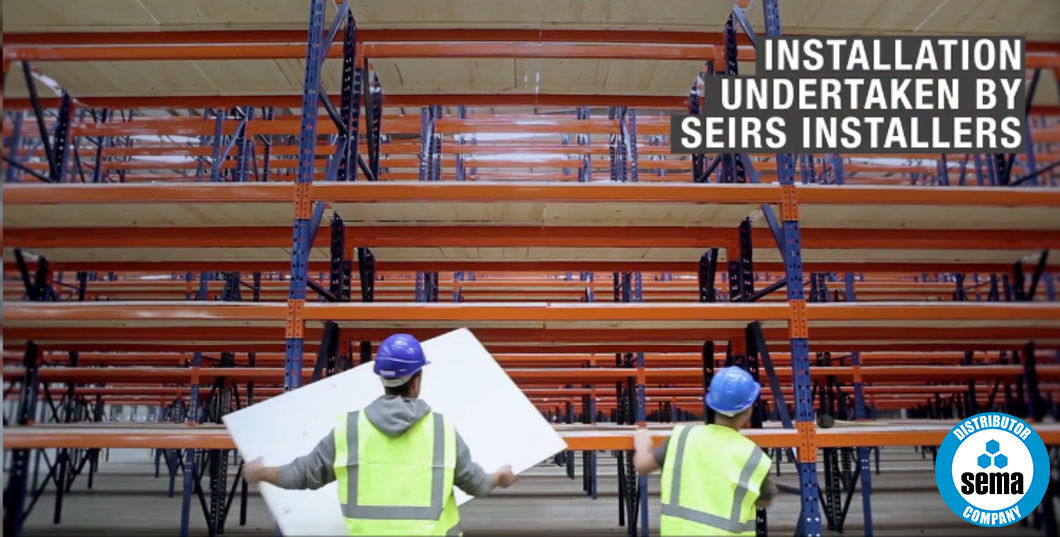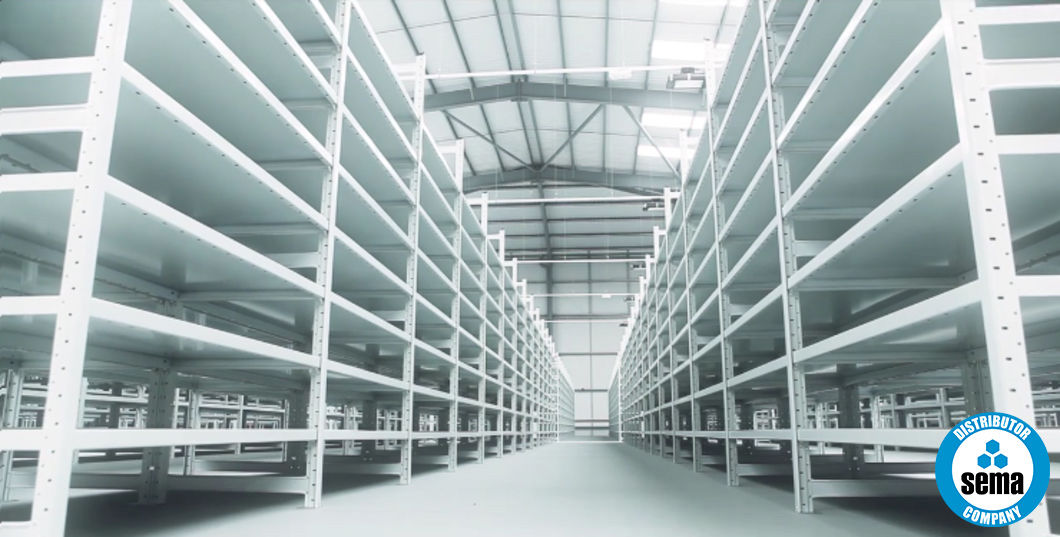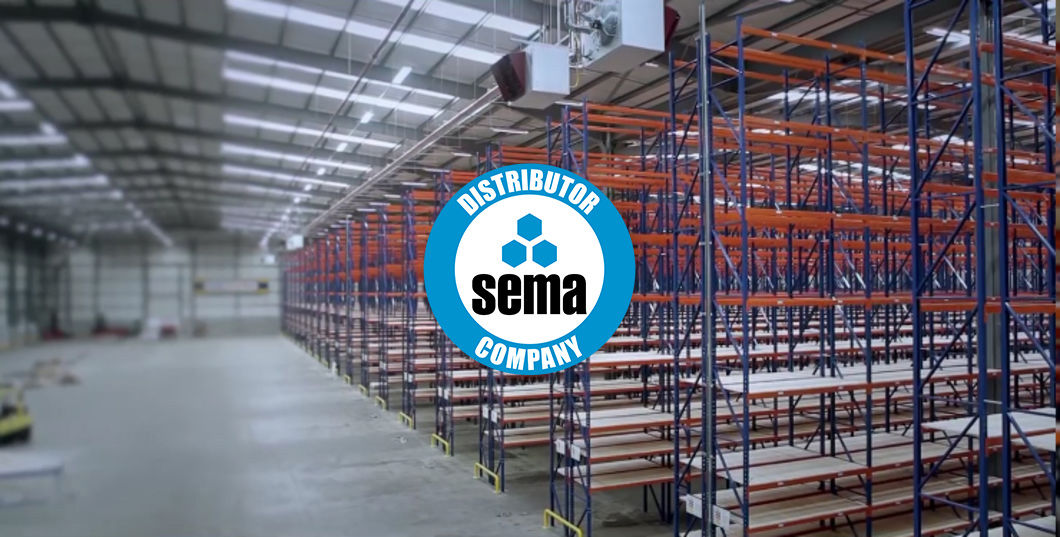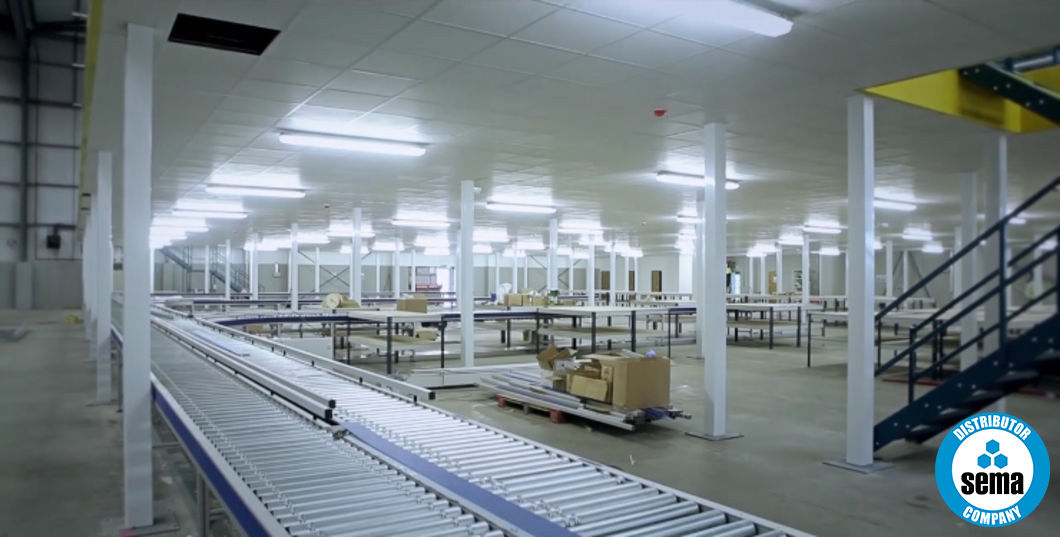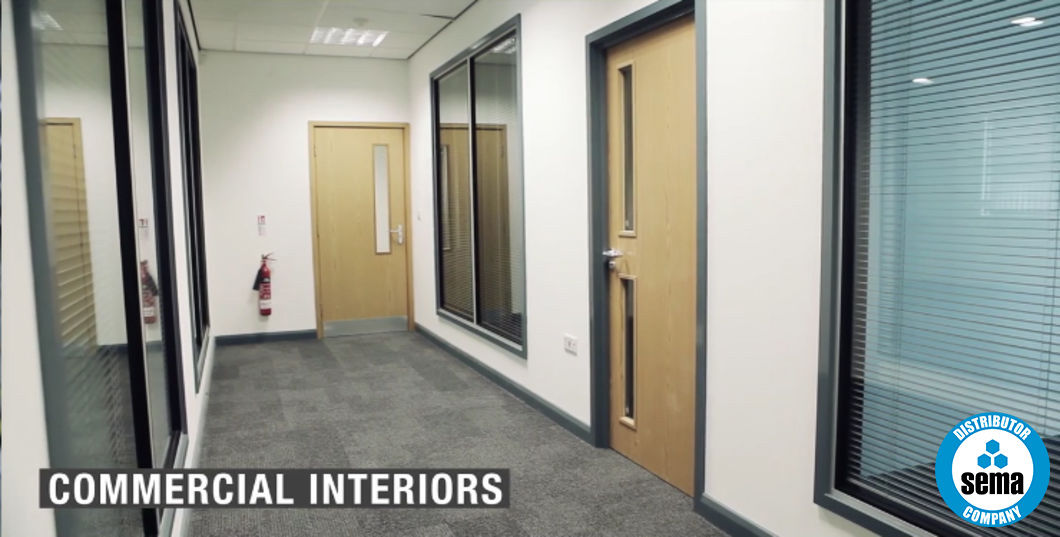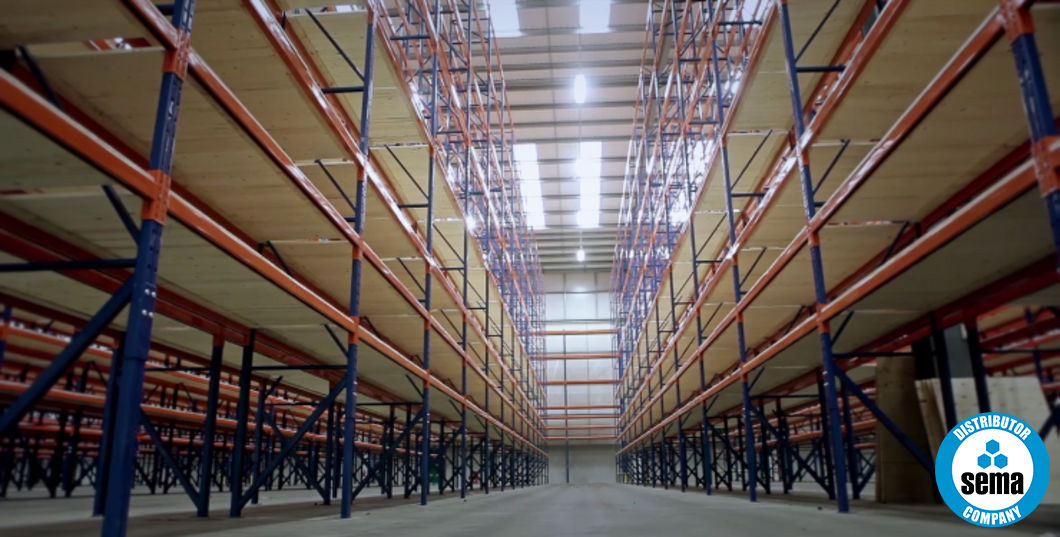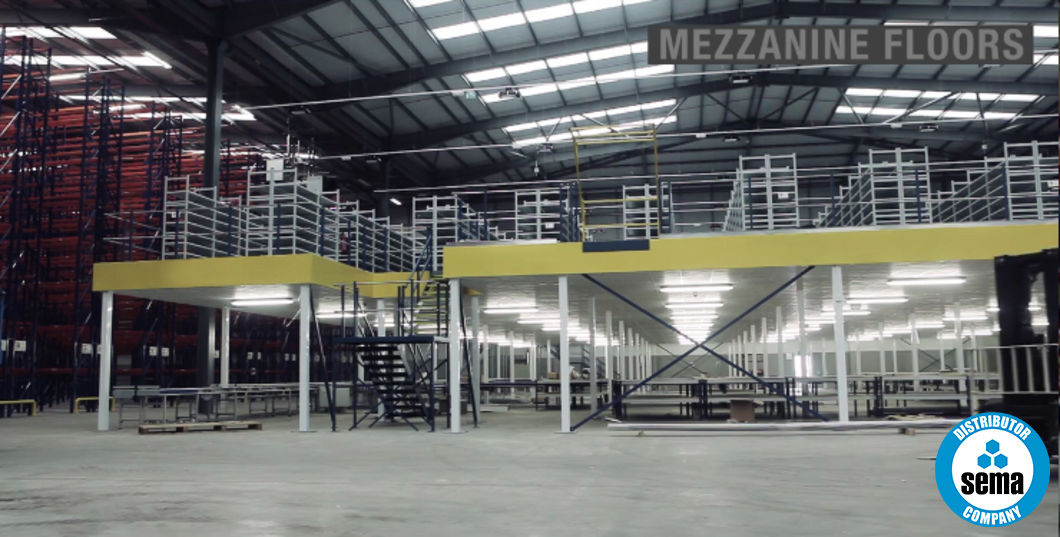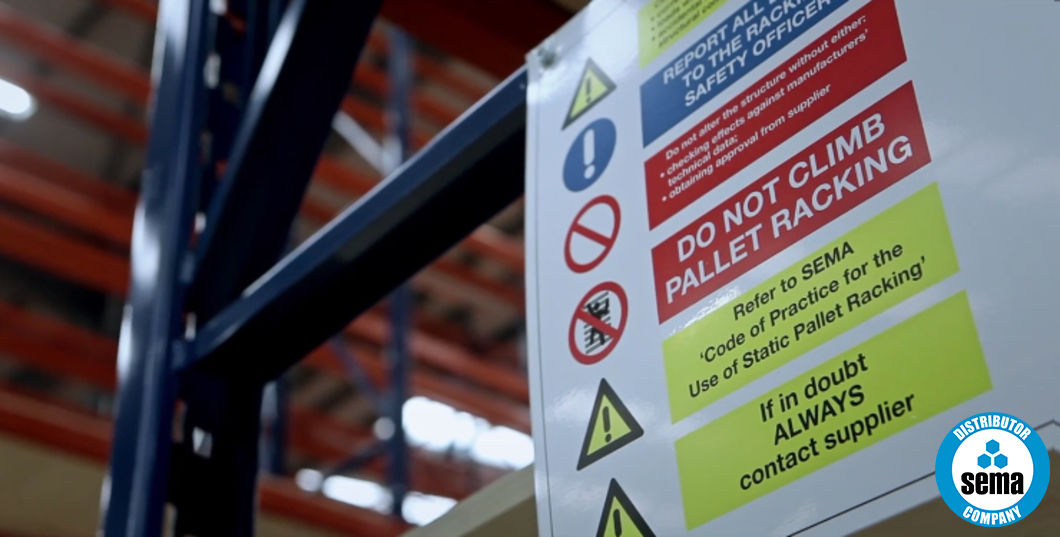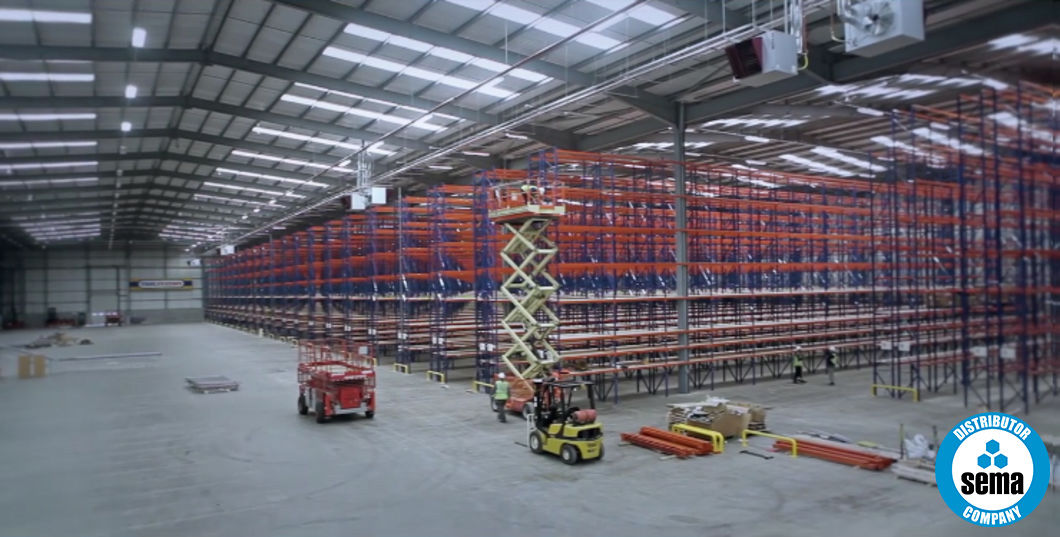SEMA Member Summary
SEMA’s Onion Skin Approach to Rack Inspection
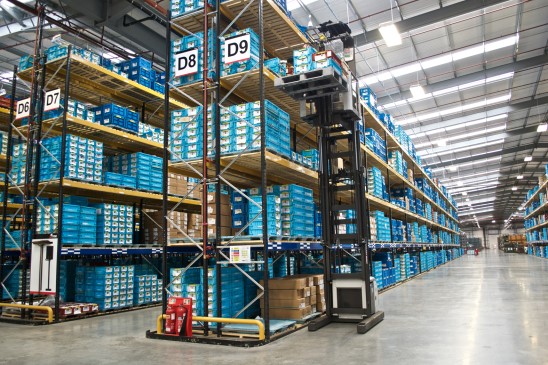
Guidance on best practice from SEMA’s Technical Committee
In 2017, the storage Equipment Manufacturers’ Association (SEMA) refreshed its rigorous approach to rack inspections as rack collapses can and do cause severe injury and sometimes even fatalities. There are three main reasons for a rack inspection.
To check the condition of equipment for health and safety reasons and identify repair work which may be needed.
To satisfy legal requirements. To provide a safe place of work and ensure that work equipment is suitable – to meet the Health and Safety at Work Act and PUWER.
To verify that the equipment has been installed correctly.
Note Inspection is not a substitute for deficient, defective or absent specification, design, installation, training or maintenance.
Appoint a PRRS
The warehouse management team needs to appoint a Person Responsible for Racking Safety (PRRS), who should take responsibility for maintaining safe operation of the warehouse storage system, maintain rack inspection and maintenance records. They need to have the skills necessary to inspect damage, report and analyse damage data, identify trends, propose/implement action and, most importantly, have the authority to implement action.
SEMA’s “Onion Skin” Approach
The SEMA “Onion” consists of three layers with three overlapping levels of inspection
Immediate (used to be called the daily) inspection
Regular (used to be called the weekly) inspection
Expert (annual) inspection
Immediate Inspections
Immediate inspections require the reporting of all damage and areas of concern to the PRRS who will evaluate the seriousness of the report. Warehouse staff are often the best position to notice if racking has been damaged and they should be encouraged to report damage immediately. Reporting should follow documented procedures with records kept on the action taken following reports. Remember the KIS principle of Keep It Simple if you want effectiveness!
Regular Inspections
The PRRS should ensure documented inspections are undertaken by a suitably trained individual. Frequency should be weekly or at other intervals based on a risk assessment of the operating conditions of the warehouse and preferably at a quiet time. This inspection should check that Loading is as specified on the safe load notice on the end of the run of racking, correct use is being followed and if there are any missing components.
Expert (Annual) Inspection
The expert inspection should be carried out by a technically trained and competent person i.e. SEMA Approved Rack Inspector (SARI). It may be a trained specialist within the organisation, a specialist from the rack supplier, or an outside contractor. Frequency depends upon risk assessment but is usually yearly. A documented report will identify damage and give guidance and comment on other warehouse activities.
Note that there are two very different types of SARI inspection. A “damage only” inspection provides a list of damaged items and their location. A full SARI report, also offers far more very useful detail – see SEMA Technical Bulletin 5 and below.
The inspector will use simple measuring equipment, work in a logical, systematic way, and record results of the inspection so that others can act on the information. Both regular inspection and SARI Expert inspections are normally a visual inspection from ground level, so working at height shouldn’t be necessary. Cluttered aisles make any sort of inspection difficult!
Full SARI inspection
The full SARI inspection will check immediate and regular scrutiny is being carried out; identify/check rack configuration, type and identification of manufacturer and general identification of components. Load notices will be checked for accuracy. It will provide inspection results and classification the damage using the SEMA Red / Amber / Green traffic light reporting system. It will confirm that damaged components are being replaced as required and will report if this is not so. The report will also identify repetitive damage and propose solutions/modifications to avoid or minimise further repetitive damage. Vitally, it will notify of any Red Risks present!
SEMA recommend that a risk assessment and method statement for inspection is incorporated into company procedure. SEMA’s Code of Practice for the Use of Static Racking (is available as a free pdf from http://www.sema.org.uk/codes-of-practice/code-of-practice-for-end-users-of-apr. In addition, the a new SEMA Guide to the Conduct of Inspections is also available. Both are very useful documents.
Load Notices
The regular inspection should check to make sure that loading is correct by checking that the loads are within the limits given on the Load Notice and that it specifically applies to the rack that its fixed to, often a problem if racking is moved or altered. See video at http://www.sema.org.uk/load-notices/load-notices-video-short-version
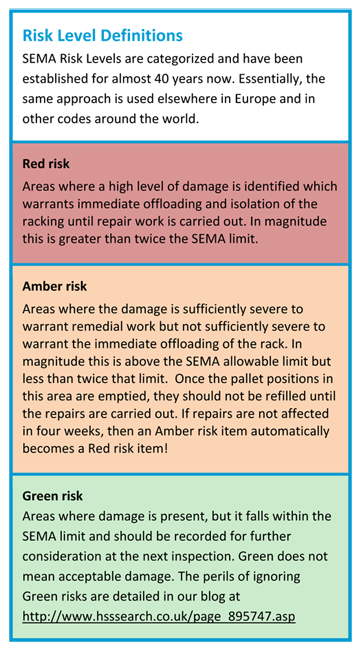
Rack Inspection Training
There are two types of suitable training:
For ‘Regular’ inspection, the SEMA Rack Safety Awareness course covers; responsibilities, what to measure, explanation of the load notice, inspection equipment, practical examples of damage categorisation and damage prevention.
For ‘Expert’ inspection, the SEMA Approved Rack Inspection (SARI) course is the recognised training module.
SEMA Press Releases

 Back to Site
Back to Site